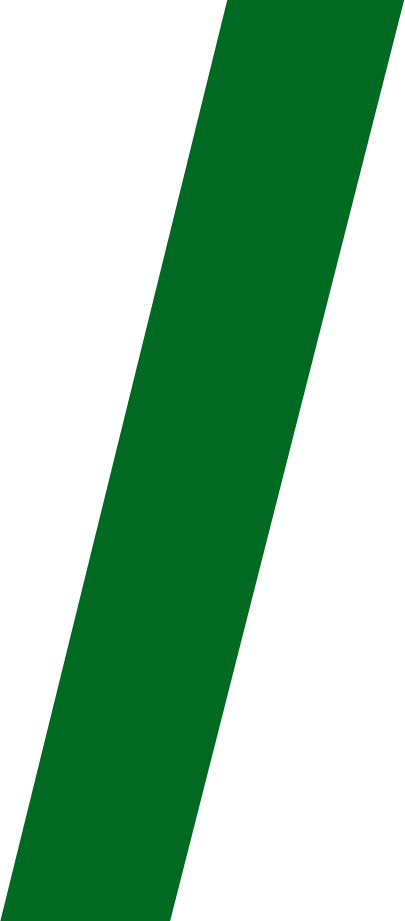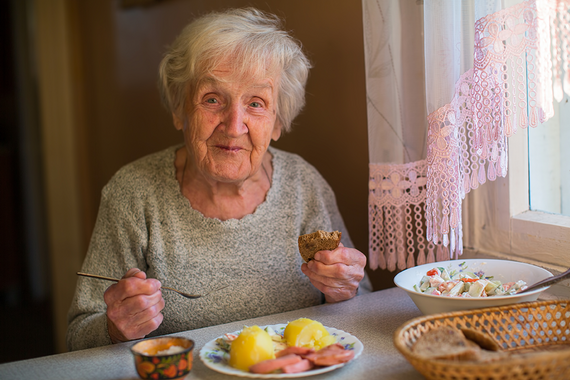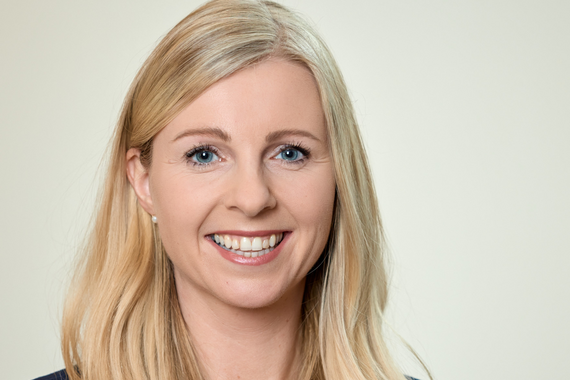-
The University
- Welcome
- Who we are
- Media & PR
- Studying
-
Research
- Profile
- Infrastructure
- Cooperations
- Services
-
Career
- Med Uni Graz as an Employer
- Educational Opportunities
- Work Environment
- Job openings
-
Diagnostics
- Patients
- Referring physicians
-
Health Topics
- Health Infrastructure
SUNRISE - SUstainable healthy NutRition In nurSing homEs
Nursing homes face the challenge of combining the special nutritional needs of older people with the principles of sustainability. As part of the SUNRISE project, a practical guide to promoting sustainable healthy eating in care facilities is being developed in close collaboration with staff and residents of a Caritas nursing home. Citizen scientists contribute their individual experiences to the data collection, evaluation, and interpretation processes, as well as to the development of the guide, thus ensuring that it is practical and tailored to everyday needs.
Contact

More about the project
Aims
The overall objective of the SUNRISE project is to jointly develop practical guidelines for implementing sustainable healthy nutrition in nursing homes.
The specific objectives are:
- Identification of facilitating and hindering factors: Survey of situations, conditions, and aspects that support or hinder sustainable healthy nutrition in nursing homes (method: Photovoice).
- Research into individual experiences and perspectives: Analysis of the personal experiences and views of residents and staff in everyday life with regard to sustainable healthy nutrition (method: semi-structured interviews).
- Assessment of perception and willingness: Investigation of how residents and staff perceive the environmental benefits of the official WHO recommendations on sustainable healthy eating and assessment of their willingness to adopt corresponding behaviors in nursing homes (method: questionnaire survey).
- Development of guidelines: Iterative consolidation, discussion, and interpretation of the collected data to jointly create comprehensive and practical guidelines for sustainable healthy nutrition in nursing homes (method: ThinkCamps).
In addition, a cookbook will be designed with the favorite recipes of all employees and residents of the nursing home.
Methods
Three methods are used to identify factors that promote or hinder sustainable healthy eating in nursing homes. Using the Photovoice method, ten citizen scientists capture everyday situations in the form of photos that may support or hinder sustainable healthy eating in nursing homes. These photos are forwarded to the research team for collection and categorization using the low-threshold and widely used tool WhatsApp.
The citizen scientists also conduct interviews with ten residents and employees of the nursing home. A cognitive debriefing is carried out in advance to check the comprehensibility of the semi-structured interview guide. The content is systematically grouped into topics during transcription and weighted according to the frequency with which it is mentioned.
An existing questionnaire on perceptions of sustainable eating habits is being adapted for the nursing home setting in collaboration with the citizen scientists. After a pilot test, it will be forwarded to employees of several long-term care facilities for completion.
ThinkCamps and guide
In so-called ThinkCamps (creative workshops for active participation), the results of these three methods are analyzed, discussed, and interpreted together, and ideas for the planned guidelines are collected. Based on the beneficial and hindering factors identified, small groups develop concrete measures for implementing sustainable healthy nutrition in everyday nursing home life.

Summary and outlook
The SUNRISE project demonstrates that citizen science can also be successfully implemented in nursing home settings. The participatory approach not only promotes the willingness of those involved to implement the project, but also strengthens mutual understanding and cooperation between the groups involved, thereby contributing to the development of innovative solutions.
SUNRISE is a project funded entirely by the Austrian Science Fund (FWF) [doi: 10.55776/TCS142].




